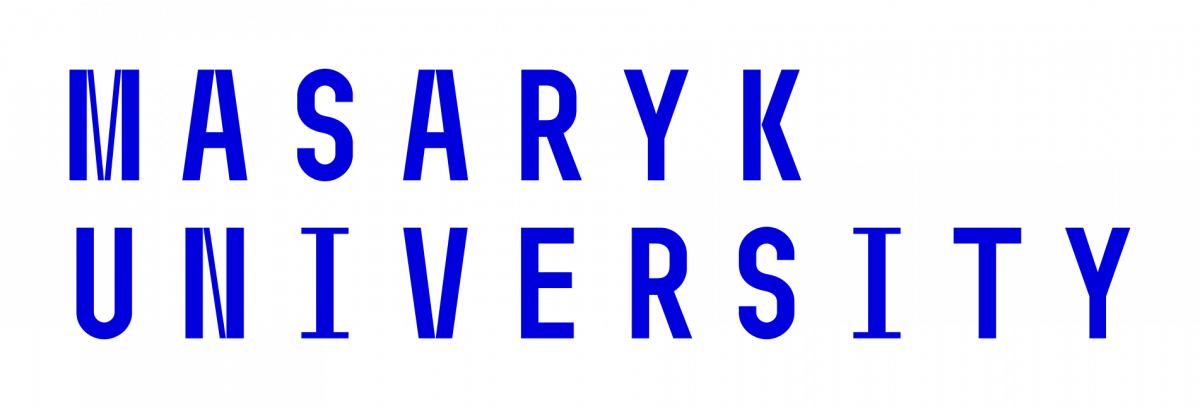The academic debate of the term public sphere is not yet closed. In the view of the spread of mass media and the increasingly complex mass societies, its most prominent exponent Jürgen Habermas understood a rational and open discourse, which includes private and state actors and revolves around issues of the common good, as a fundamental social process in modern societies. Habermas’ theory aroused as much interest as critique. To an ideal public sphere, all citizens have free and equal access: They participate in an ongoing, spontaneous and uncensored debate, irrespective of their status such as class, race or gender, listen open-mindedly to the arguments of strangers, and rationally decide on the structure and tasks of the state. Accordingly, the evolution of public opinion could be understood as a chain of interlocking discourses.
Further theoretical discussions pointed to the fact, that even the ideal public sphere of Habermas excluded a wide range of voices and views, while being open to manipulation by state actors and interest groups. The mass media, namely the printed press, radio and television, assumed a central role in those theories as only issues and perspectives picked up and amplified by the mass media can achieve a general awareness in democratic societies. As such, the media is a central pillar of democratic societies, helping its audiences to manage the flood of news, reducing and clarifying complexity, and allowing for social integration. As studies have shown, mass media usually frames deviant opinions from counter publics such as social movements negatively, thus preserving the status quo of the hegemonic public sphere.
Political developments such as the growing closer of the European Union as well as technological developments such as the digitalisation of communication channels raised hopes of a less segmented public sphere. So far, these expectations have been disappointed. Instead of a flourishing of border crossing one-to-one communication on the Internet, and social media serving as a communication and mobilization tool for grassroots movements and marginalized groups, digital debates today often feature extreme opinions, populism, social division and cyber-cascading (group polarization).









